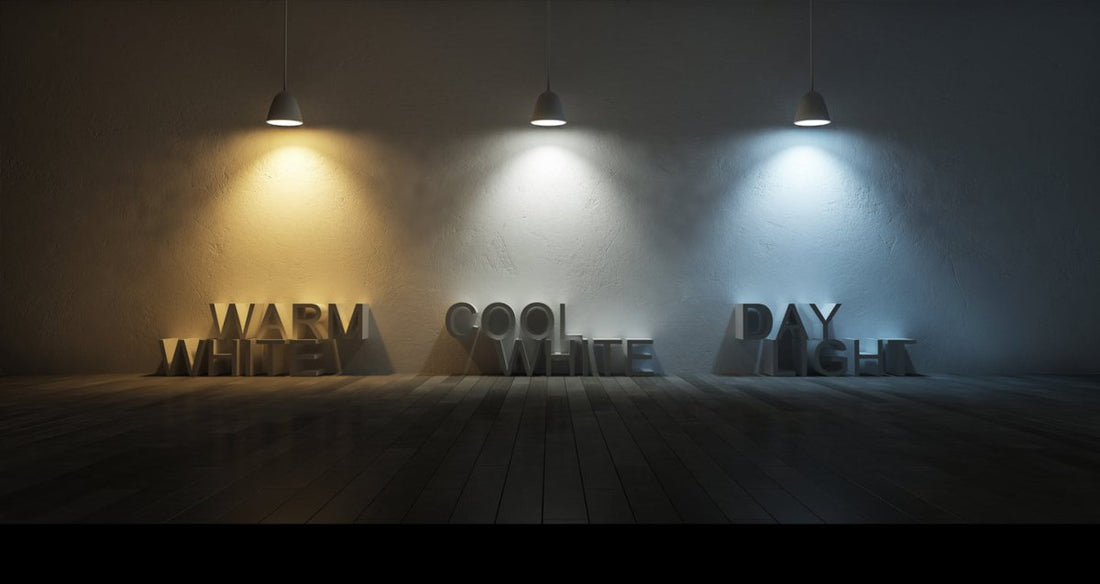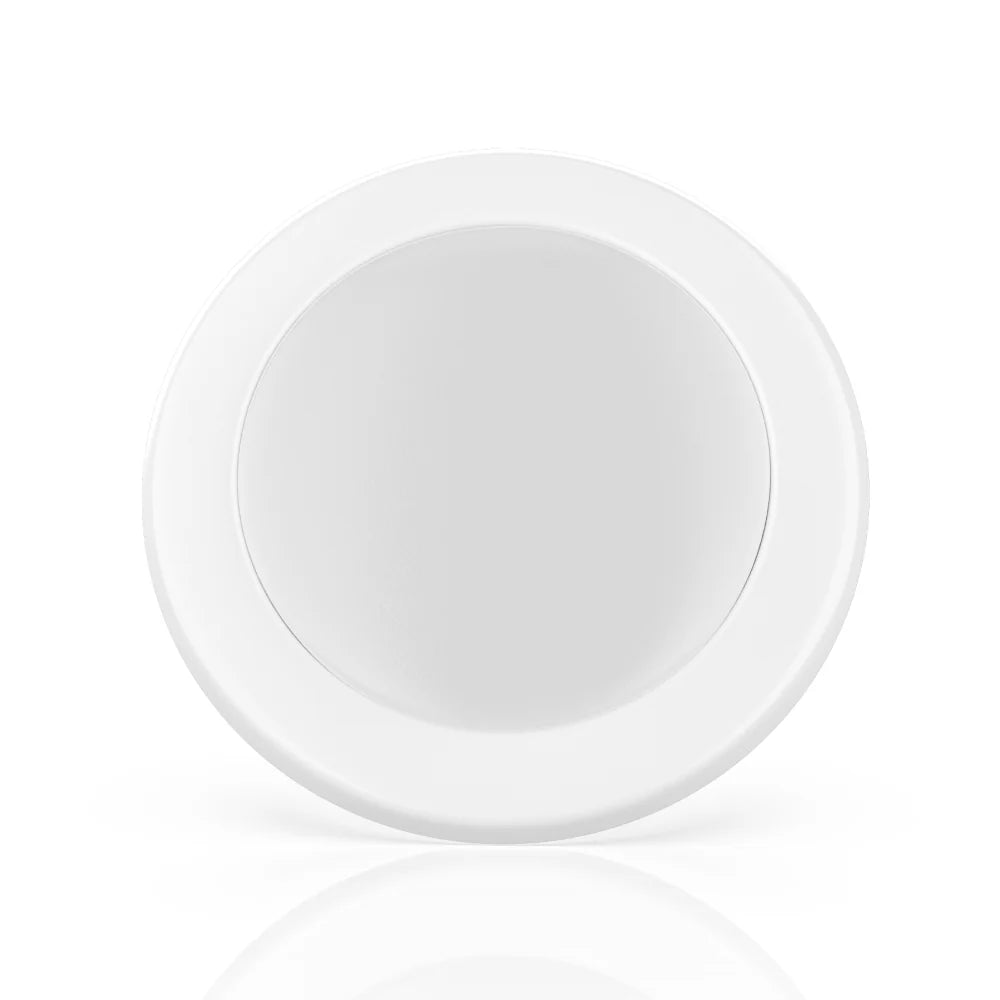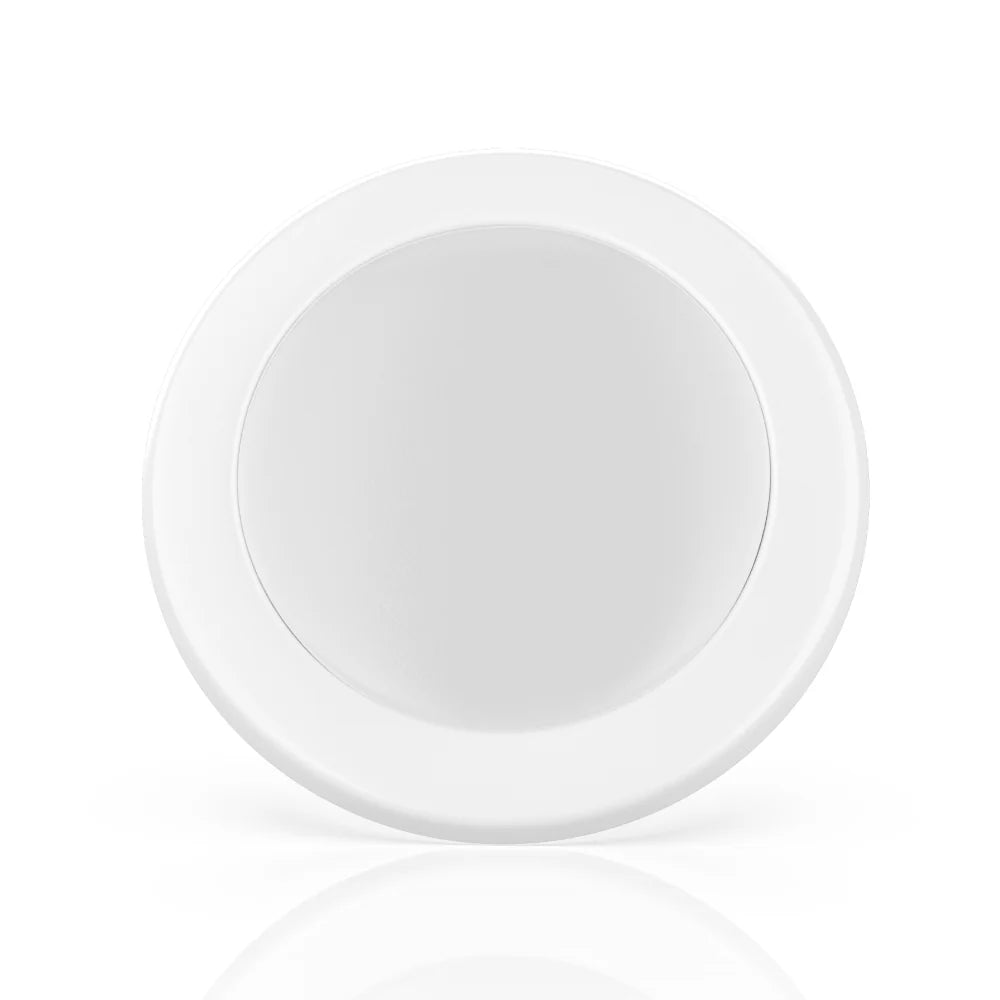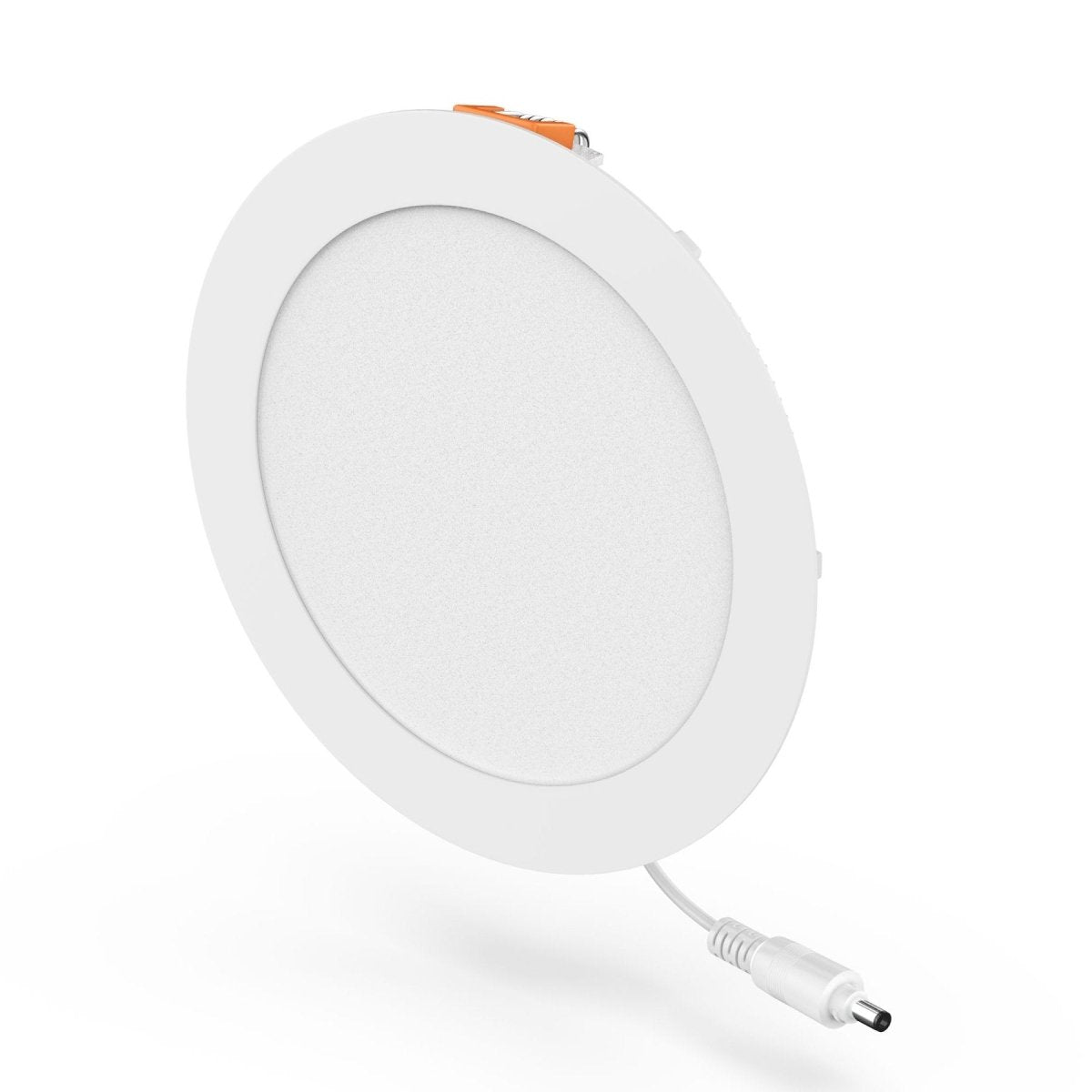Shopping for the right kind of LED fixture can be a challenging task. For example, when it comes to choosing the correct light temperature, it depends on the room’s requirements. So let’s first get to know what is the color temperature for a LED component.
What is color temperature?

The color temperature is the numerical value for measuring the color on a warm to cool spectrum. The unit to measure color temperature is Kelvin (K)
Most of the LED lights come with different colors temperatures.
The correlated color temperature is also known as CCT. The warm (yellow) and the cool (blue) temperature tones are measured on a scale of 1000K to 10000K
The color temperature can be best described by seeing the patterns of sunlight. It changes color as the day progresses. For example, the sunset temperature can be 3000K, known to be a warm amber, and mid-day. On the other hand, it can be 6000K which is taken as bright bluish.
Using color temperatures in your home

The Kelvin temperature for residential LED light fixtures is somewhere between 2500K to 5000K. Mainly, warm light is something where the temperature is around 3000K and lower. The neutral temperature is 3500K, and the cool lighting is 4000K and above.
Most LED lights with color temperatures above 4000K are used in commercial institutions and hospital buildings. Therefore, the illumination is very bright and highly harsh for the house interiors.
Some of the task lights for the basement location of the house or office desk require 4000K color temperature are helpful for the individual. But, first, let’s discuss the Kelvin ranges.
|
CCT (Color temperature) |
Type of Lighting |
|
2200K-2700K |
Mainly warm lights for areas where ambient brightness is needed |
|
3000K-3500K |
Soft white light |
|
4000K-4500K |
Brighter white light, best for commercial spaces and indoors such as kitchen spaces, etc. |
|
5000K and more |
Bright bluish lights, primarily used in commercial locations. |
The best color temperature for home interiors

Living room - It is the welcoming area of a residential interior. It should be bright enough for better illumination. The use of dimmers can set the perfect mood and save on power consumption. The ideal color temperature requirement is 2700K-3000K.
Kitchen space - Bright light is required for the kitchen space, starting from preparing food and sitting down with your family. The ideal color temperature requirement is 2700K-4000K.
Bathroom - The bathroom spaces requirement is to be more relaxed and brighter. The LED vanity mirrors deliver frontal brightness to the face for better grooming. The ideal color temperature requirement is 3000K-4000K.
Bedroom space - It is the most intimate part of the home. Bedroom space mostly requires calm and peaceful illumination. The lights temperature needed for the bedroom is 2700K-3000K.
Workspace/garage area - Here, we require bright, functional lighting to enhance the individual’s work efficiency. Daylight lighting is needed for the daytime and warmer in the evening. The ideal color temperature required for the workspace is 3000K-5000K.
Dimming function
One can control the lights with the help of dimmers. The dimming function helps you to choose the amount of light required for the transformation of the interiors. For example, dimmers for LED downlights help save on power consumption and deliver uniform brightness in a given area.
The dimming facility also increases the lifespan of the LED fixture. Nowadays, the manufacturers have come with “Warm dim,” where the LED color temperature goes as low as 1600K. The dimming process adds more functionality to your space.





















































































